Home>Garden Essentials>How Do The Purposes Of Crop Rotation, Double Cropping, And Polyculture Differ?
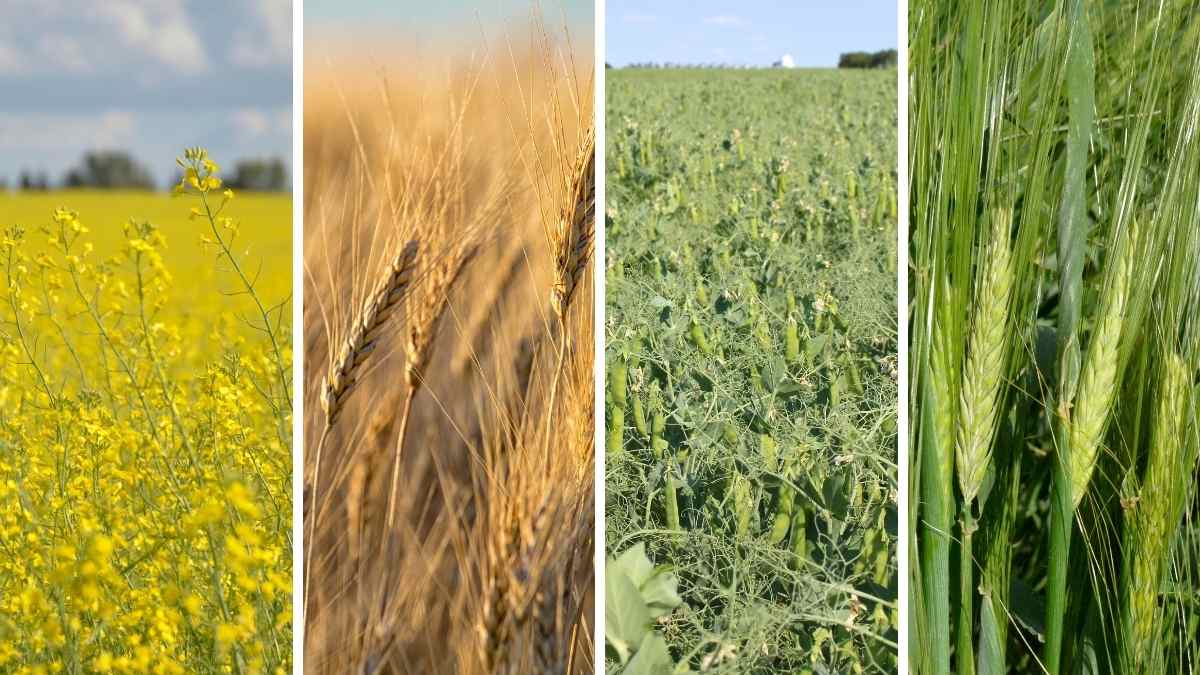

Garden Essentials
How Do The Purposes Of Crop Rotation, Double Cropping, And Polyculture Differ?
Modified: March 16, 2024
Discover the different purposes of crop rotation, double cropping, and polyculture in your garden. Enhance productivity and sustainability with these techniques.
(Many of the links in this article redirect to a specific reviewed product. Your purchase of these products through affiliate links helps to generate commission for Storables.com, at no extra cost. Learn more)
Introduction
Gardening is not just about planting and growing crops. It’s also about understanding the techniques and strategies that can optimize the productivity and health of your garden. Crop rotation, double cropping, and polyculture are three such techniques that can significantly impact the success of your garden. Each technique has its own unique purpose and benefits, and understanding their differences can help you make informed decisions for your garden.
In this article, we will explore the purposes of crop rotation, double cropping, and polyculture, and how they differ from each other. Whether you are a beginner or an experienced gardener, this knowledge will undoubtedly empower you to take your gardening skills to the next level.
Key Takeaways:
- Crop rotation helps keep your garden healthy by managing pests, improving soil, and reducing weeds. It’s like giving your garden a smart and strategic makeover to keep it thriving!
- Double cropping is like a garden multitasker, maximizing space and giving you a continuous supply of veggies. It’s all about making the most of your garden’s potential!
Read more: How Do Rest Crops Relate To Crop Rotation?
Crop Rotation
Crop rotation is a practice that involves the systematic planting of different crops in a specific sequence on the same piece of land over a period of time. The primary purpose of crop rotation is to break the cycle of pests and diseases, improve soil fertility, and maintain the overall health of the garden.
One of the key benefits of crop rotation is pest and disease management. Different plants attract different pests and diseases. By rotating crops, you can reduce the risk of buildup and spread of these problems. For example, if you grow tomatoes in one area this year, you may face issues such as tomato blight or aphid infestations. However, by avoiding planting tomatoes in the same area for the next few years and choosing a different crop, you can disrupt the lifecycle of the pests and reduce the likelihood of the same issue occurring again.
Another advantage of crop rotation is the improvement of soil fertility. Different crops have different nutrient requirements. By rotating crops, you can prevent excessive depletion of specific nutrients from the soil. For instance, legumes such as beans and peas have the ability to fix nitrogen into the soil. By including legumes in your crop rotation plan, you can replenish nitrogen levels in the soil naturally, reducing the need for synthetic fertilizers.
Crop rotation also helps in breaking the cycle of soil-borne diseases. Some diseases and pathogens can survive in the soil for several years, waiting for their host crop to be replanted. By rotating crops, you disrupt the life cycle of these pathogens and prevent them from building up to damaging levels. This can result in healthier plants and higher yields.
In addition, crop rotation can also have a positive impact on weed control. Different crops have different weed tolerance levels and growth habits. By rotating crops, you can utilize the competitive nature of some crops to suppress weeds, reducing the need for herbicides.
Overall, the main purpose of crop rotation is to maintain the long-term health and productivity of your garden by managing pests, diseases, soil fertility, and weeds. It is a sustainable and effective technique that can lead to healthier plants, improved yields, and reduced reliance on chemical inputs.
Double Cropping
Double cropping, also known as succession planting or relay planting, is a technique where multiple crops are grown in the same area during a single growing season. Unlike crop rotation, which involves different crops being grown in different seasons, double cropping allows for two or more crops to be grown sequentially within the same season.
The primary purpose of double cropping is to maximize the use of available space and extend the harvest season. By carefully selecting crops with different growth durations, you can utilize the space in your garden more efficiently and increase overall productivity. For example, you can start the season by planting cool-season crops such as lettuce or peas, and once they are harvested, you can quickly follow up with warm-season crops like tomatoes or peppers.
Double cropping can also help to optimize the use of resources such as water and nutrients. By planting crops with varying water and nutrient requirements, you can make better use of available resources and reduce waste. For instance, planting a quick-growing crop after harvesting a slower-growing one can help utilize remaining nutrients and moisture in the soil, preventing them from going to waste.
Another benefit of double cropping is the reduction of bare soil. When you have crops growing throughout the growing season, the soil is constantly covered, which helps to prevent erosion, retain moisture, and suppress weed growth. This not only improves the health of the soil but also reduces the need for excessive weeding and watering.
Double cropping can also provide a more diverse and varied harvest. Instead of relying on just a few crops, you can enjoy a continuous supply of different vegetables throughout the season. This can add excitement and variety to your meals and contribute to a well-rounded and nutritious diet.
It is important to note that double cropping requires careful planning and consideration of the specific requirements of each crop. Not all crops are suitable for double cropping, as some may compete for resources or have conflicting growth habits. It is essential to choose compatible crops that complement each other and can be successfully grown in succession.
In summary, double cropping is a technique that allows for the sequential planting of multiple crops within a single growing season. It aims to maximize space utilization, extend the harvest season, optimize resource use, and provide a diverse and continuous supply of crops. With proper planning and management, double cropping can significantly increase the productivity and enjoyment of your garden.
Crop rotation helps improve soil fertility and reduce pest and disease pressure. Double cropping maximizes land use by growing two different crops in the same field in a single growing season. Polyculture involves growing multiple crops together to increase biodiversity and ecosystem resilience.
Polyculture
Polyculture is a farming practice that involves the simultaneous cultivation of multiple plant species in the same area. Unlike monoculture, where a single crop is grown in large expanses, polyculture promotes biodiversity and mimics natural ecosystems, resulting in a more resilient and sustainable gardening approach.
The primary purpose of polyculture is to enhance ecological balance and maximize the efficient use of resources. By growing different plant species together, polyculture creates a diverse and symbiotic environment where each plant can benefit from the presence of others.
One of the key benefits of polyculture is pest and disease control. Mixing different crops together can disrupt the life cycles of pests and reduce the likelihood of concentrated infestations. For example, some plants emit natural repellents that can deter specific pests, while others may attract beneficial insects that prey on harmful pests. By diversifying your garden with a variety of plants, you can naturally manage pest populations and reduce the need for chemical interventions.
Polyculture also improves soil health and fertility. Different plants have different root structures and nutrient requirements. By growing a combination of crops, the root systems will penetrate the soil at different depths, improving its structure and increasing nutrient availability. Additionally, some plants have the ability to fix nitrogen from the atmosphere, enriching the soil with this important nutrient. Through polyculture, the soil’s fertility can be enhanced without relying heavily on synthetic fertilizers.
Another advantage of polyculture is efficient space utilization. By interplanting different crops with varying growth habits, you can make use of vertical space and create a more productive garden. For example, tall plants like corn can provide shade and support for climbing crops such as beans, while low-growing crops like lettuce or herbs can fill in the gaps and utilize the ground space.
Polyculture also promotes biodiversity and habitat creation. By creating a diverse ecosystem, polyculture attracts a wide range of beneficial insects, birds, and other wildlife. This can contribute to natural pest control and create a balanced and sustainable garden environment.
It is worth mentioning that successful polyculture requires careful planning and consideration of each plant’s compatibility and requirements. Some plants may compete for resources or have incompatible growth habits. Therefore, selecting the right combination of plants is crucial for achieving the desired outcomes.
In summary, polyculture is a gardening approach that utilizes the simultaneous cultivation of multiple plant species to promote ecological balance, pest control, soil health, efficient space utilization, and biodiversity. By embracing polyculture, you can create a thriving and sustainable garden that not only yields a variety of crops but also contributes to the overall health of the ecosystem.
Comparison of Purposes
Crop rotation, double cropping, and polyculture are three different gardening techniques, each with its own unique purpose and benefits. Let’s compare and contrast their purposes to understand their differences and how they can be applied in different gardening scenarios.
Crop rotation focuses primarily on managing pests, diseases, soil fertility, and weeds. By rotating crops, you can disrupt the life cycles of pests and diseases, improve soil fertility through nutrient management, and reduce weed pressure. The main goal of crop rotation is to maintain the long-term health and productivity of the garden. It is particularly useful in larger gardens or farms where dedicated sections or fields can be allocated for specific crops in a rotation cycle.
Double cropping, on the other hand, aims to maximize the use of available space and extend the harvest season within a single growing season. By carefully selecting crops with different growth durations, you can optimize the utilization of space and resources. Double cropping allows for multiple crops to be grown sequentially, providing a continuous supply of vegetables and maximizing productivity in smaller gardens or limited space situations.
Polyculture, also known as companion planting, is a technique where a diverse range of plant species are grown together in the same area. The primary purpose of polyculture is to promote ecological balance, enhance pest control, improve soil health, and create a diverse and sustainable garden ecosystem. Polyculture is suitable for those who prioritize biodiversity and want to create a more natural and self-sustaining garden environment.
While crop rotation and polyculture share some similarities in terms of pest control and soil health improvement, the main distinction lies in their approach. Crop rotation involves the systematic rotation of crops over time, while polyculture focuses on growing a diverse range of plants together simultaneously. Double cropping, on the other hand, is more about maximizing productivity and space utilization within a single growing season.
The choice of technique depends on various factors such as garden size, available resources, gardening goals, and personal preferences. If you have a larger garden or farm and want to manage pests, diseases, and soil fertility in a structured manner, crop rotation may be the most appropriate technique. If you have limited space and want to maximize productivity and harvest throughout the growing season, then double cropping may be the way to go. If you prioritize biodiversity and want to create a self-sustaining garden ecosystem, polyculture may be the best choice.
Ultimately, there is no one-size-fits-all approach, and a combination of these techniques can be employed based on your specific garden needs and goals. Experimenting with different techniques and observing the results can help you determine which approach works best for your garden.
Conclusion
Gardening is not only a hobby but also a skill that requires careful planning and consideration. Crop rotation, double cropping, and polyculture are three techniques that can significantly impact the success and productivity of your garden. Each technique serves a unique purpose and offers various benefits.
Crop rotation focuses on managing pests, diseases, soil fertility, and weeds. By rotating crops, you can disrupt the life cycles of pests and diseases, improve soil health, and reduce weed pressure. It is a long-term strategy that is particularly useful for larger gardens or farms.
Double cropping aims to maximize space utilization and extend the harvest season within a single growing season. By selecting crops with different growth durations, you can optimize the use of available space and enjoy a continuous supply of vegetables. It is a great technique for smaller gardens or limited space situations.
Polyculture, or companion planting, seeks to create a diverse and sustainable garden ecosystem. By growing a variety of plant species together, you can promote ecological balance, improve pest control, enhance soil health, and contribute to biodiversity. Polyculture is suitable for those who prioritize a natural and self-sustaining garden environment.
When choosing the right technique for your garden, consider factors such as garden size, available resources, gardening goals, and personal preferences. You may even choose to combine these techniques to create a customized approach that works best for your specific needs.
Remember that implementing these techniques requires planning, knowledge, and observation. Experimenting with different crops, observing their interactions, and learning from your experiences will help you refine your gardening practices and achieve better results over time.
Whether you choose crop rotation, double cropping, or polyculture, the important thing is to approach gardening in a sustainable and environmentally conscious manner. By implementing these techniques, you can not only enjoy a fruitful harvest but also contribute to the health and vitality of your garden ecosystem.
So, go ahead, get your hands in the soil, and let your garden thrive with the power of crop rotation, double cropping, and polyculture!
Frequently Asked Questions about How Do The Purposes Of Crop Rotation, Double Cropping, And Polyculture Differ?
Was this page helpful?
At Storables.com, we guarantee accurate and reliable information. Our content, validated by Expert Board Contributors, is crafted following stringent Editorial Policies. We're committed to providing you with well-researched, expert-backed insights for all your informational needs.
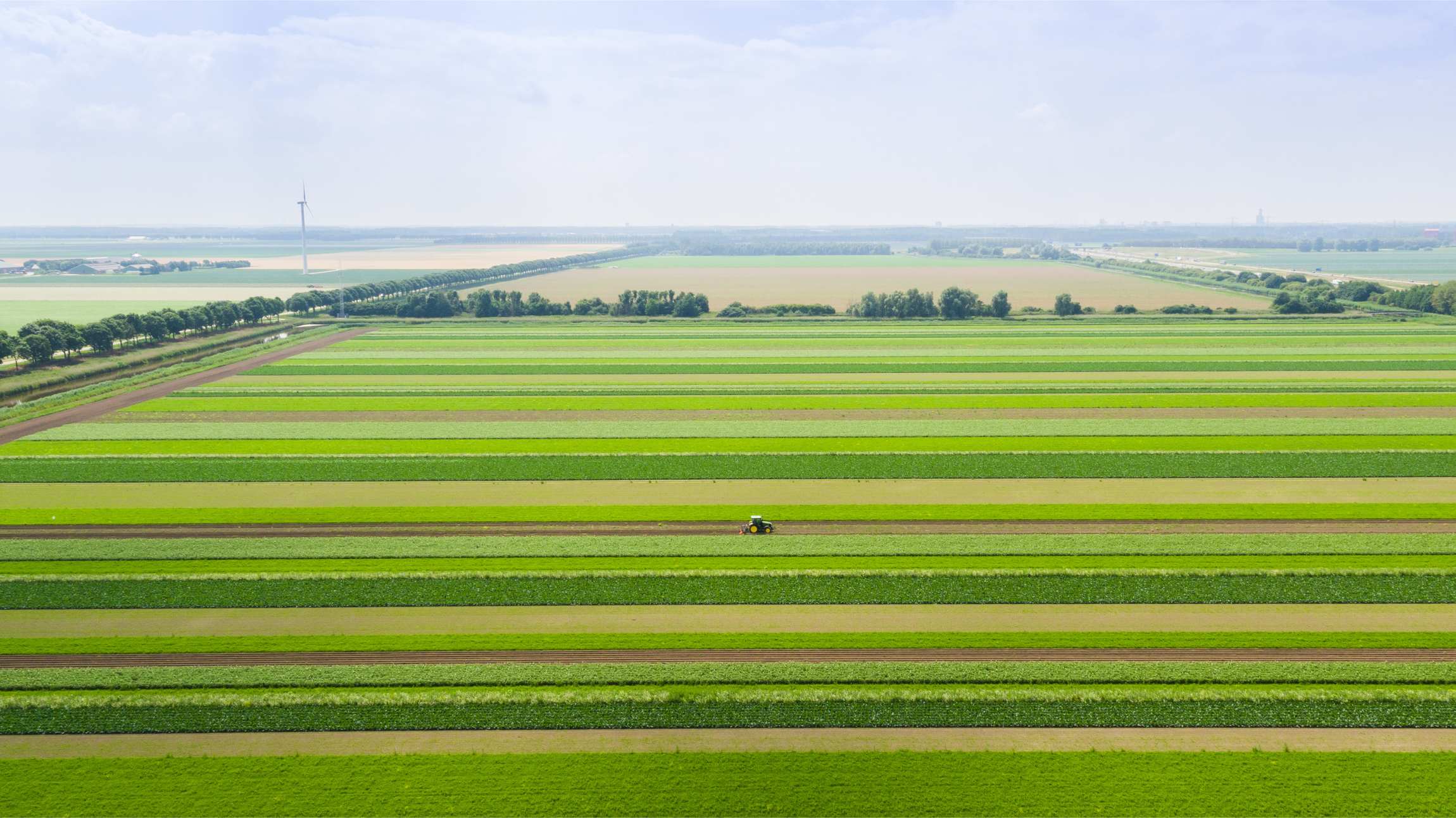
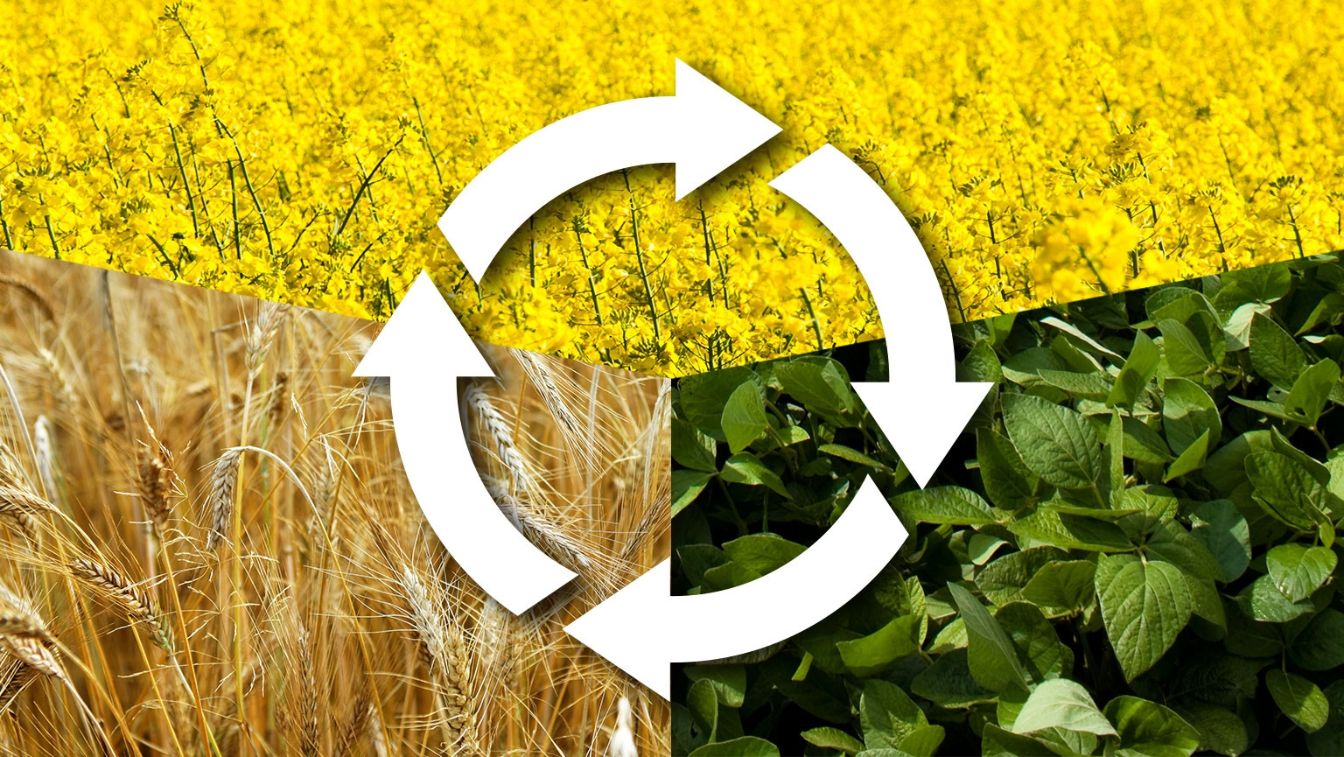
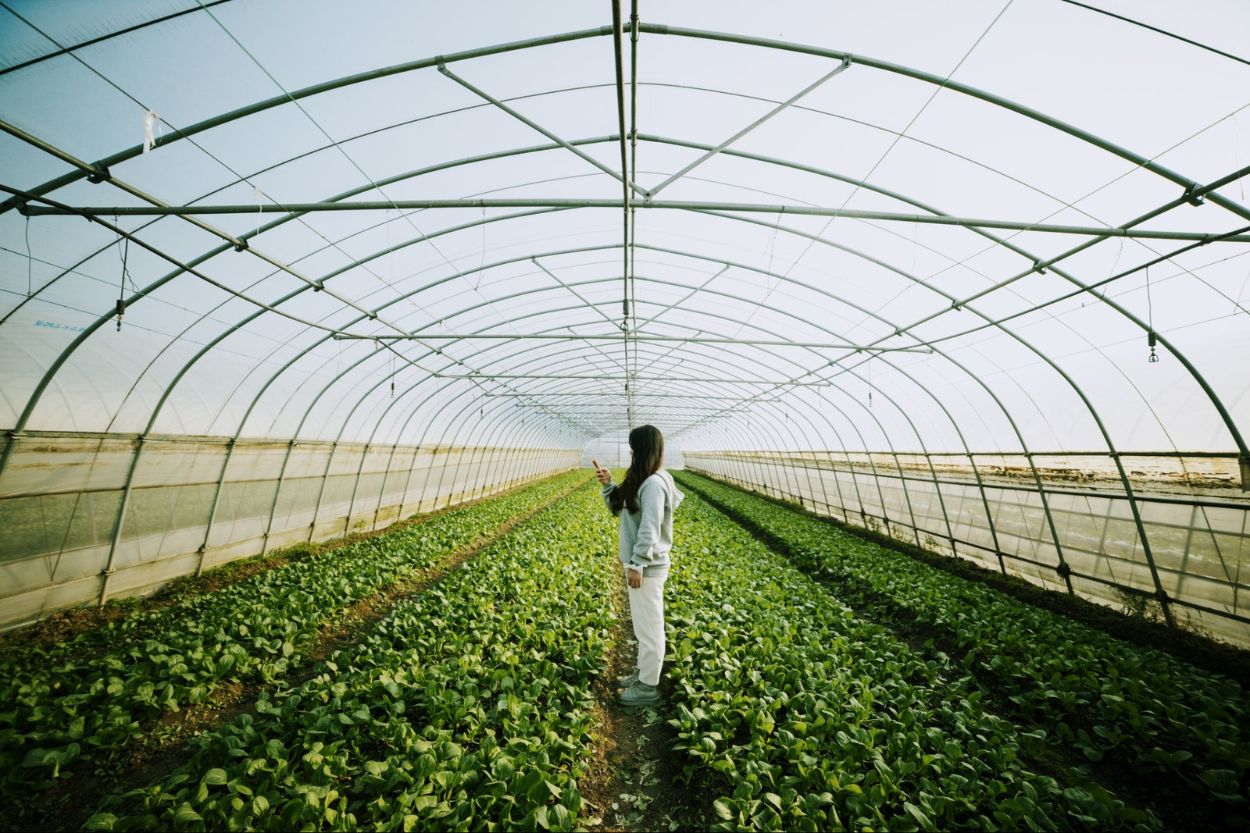
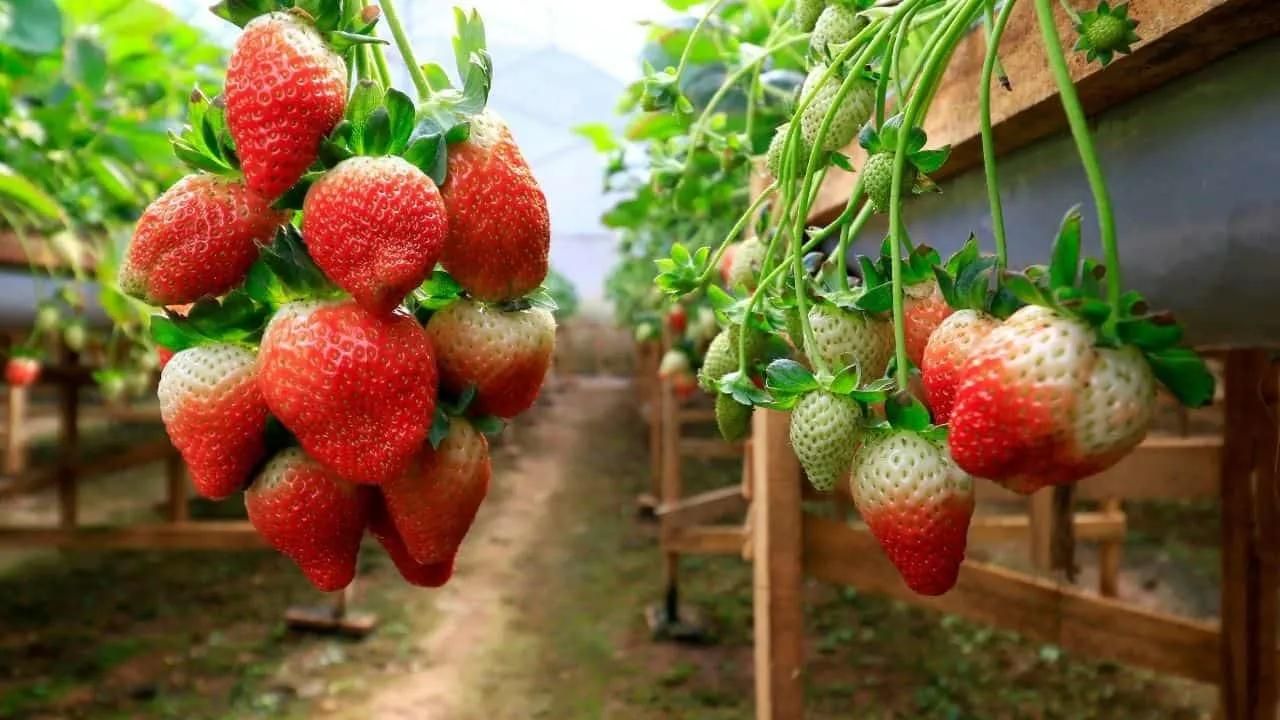
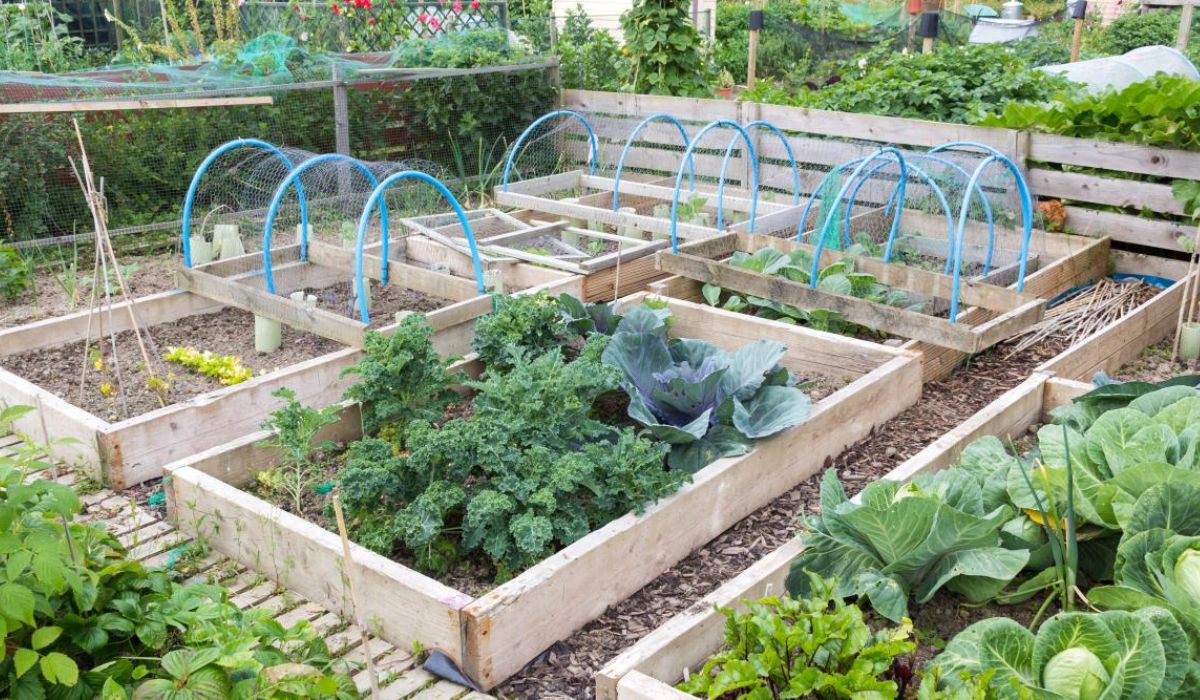
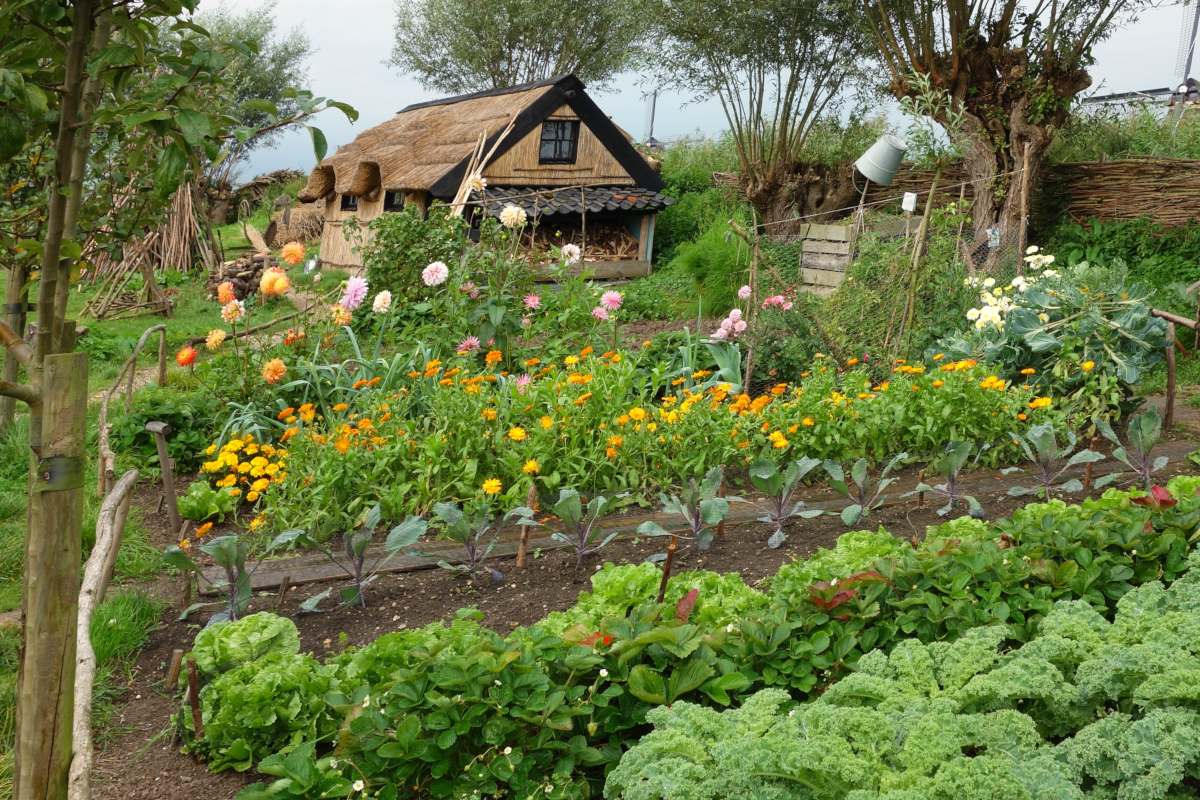


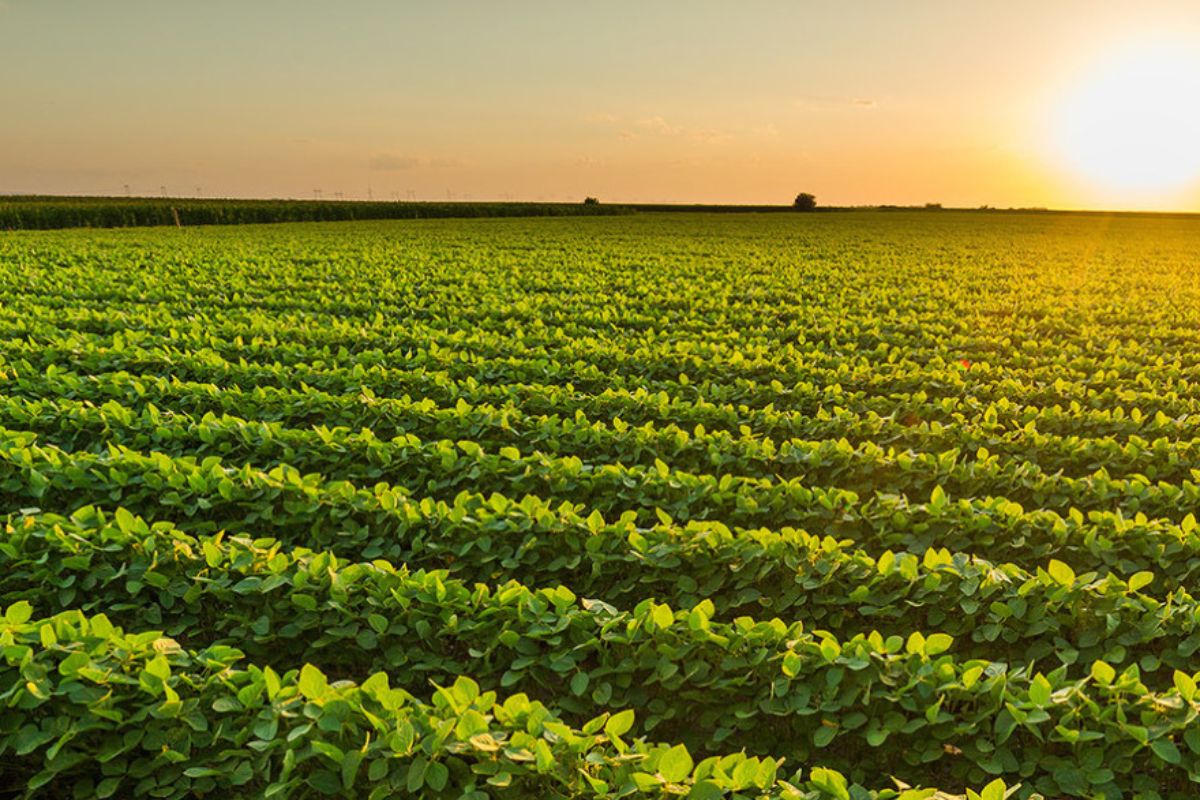
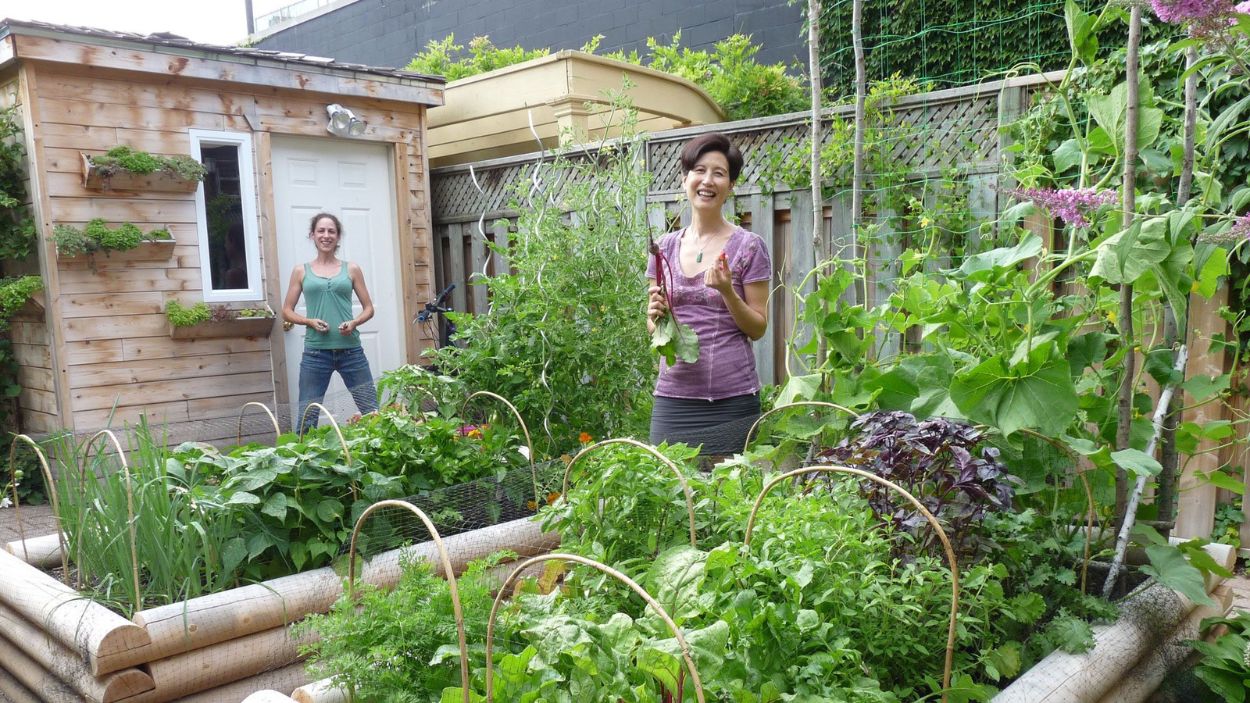
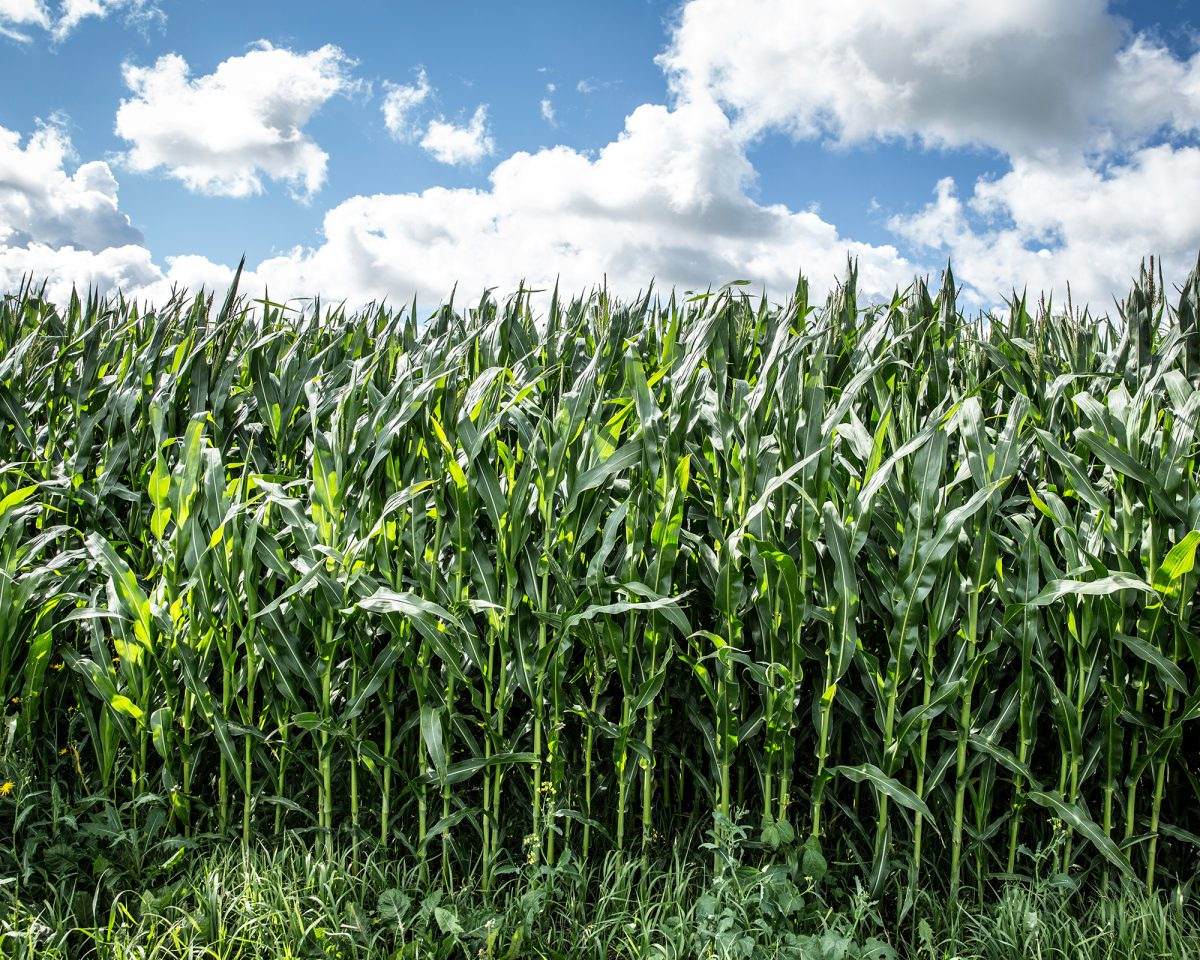
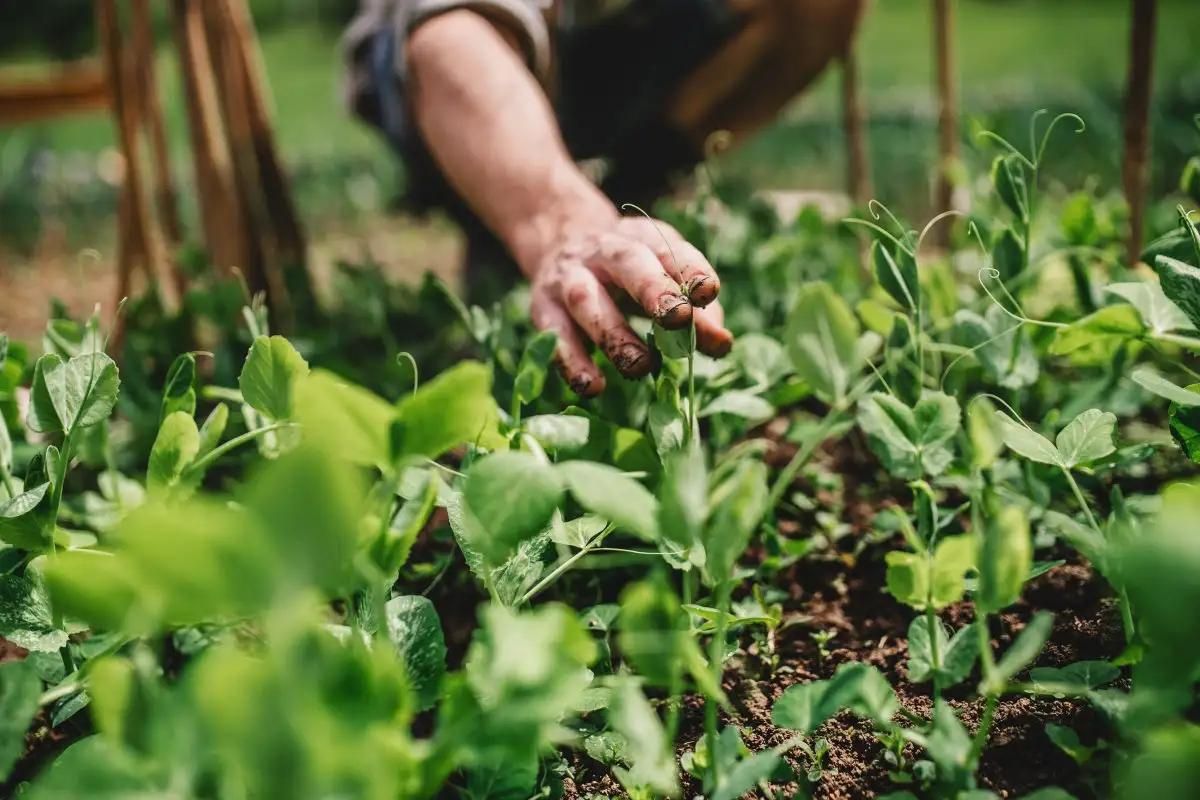
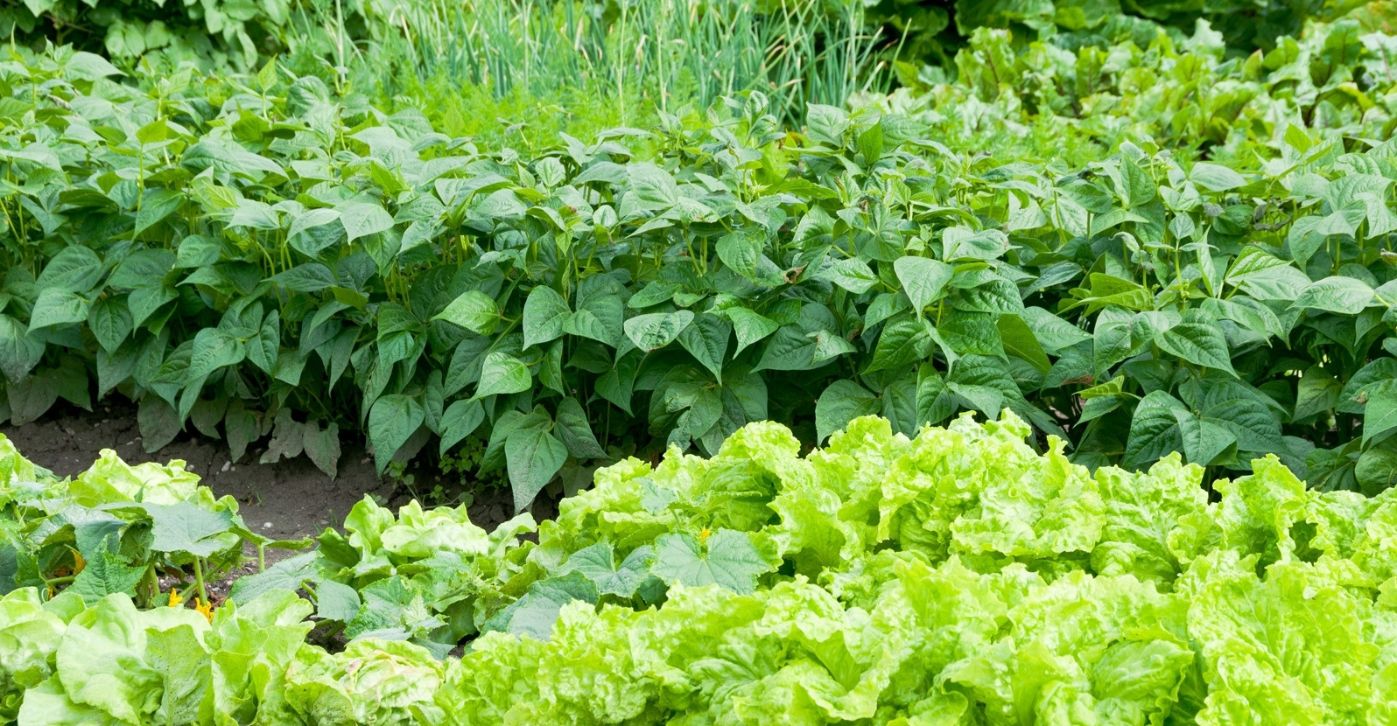
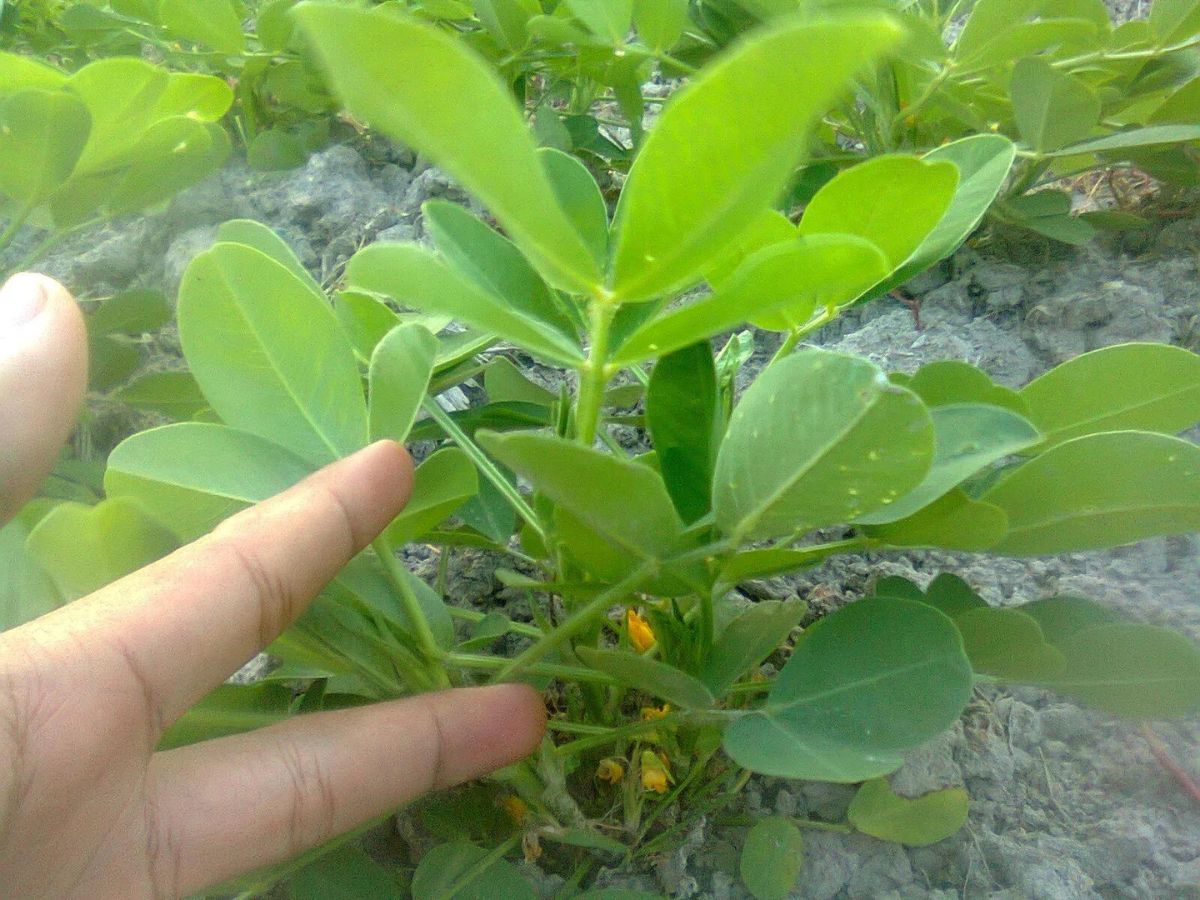

0 thoughts on “How Do The Purposes Of Crop Rotation, Double Cropping, And Polyculture Differ?”